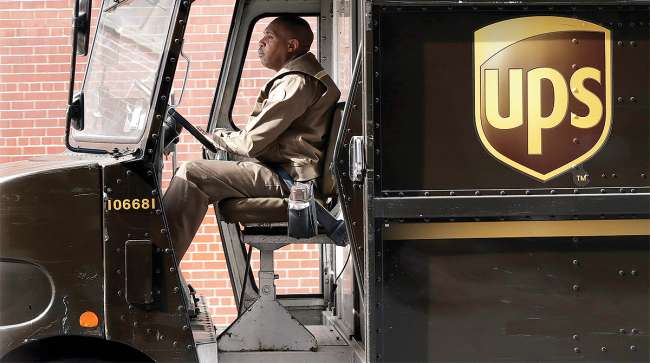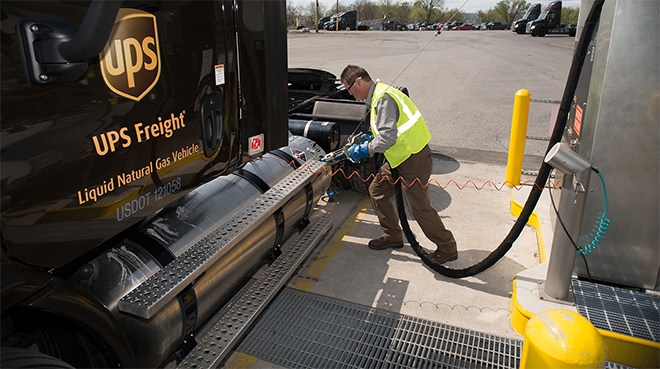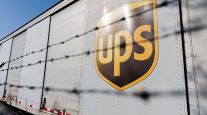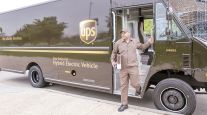Senior Reporter
UPS Invests $130 Million in Natural Gas Vehicles, Infrastructure

UPS Inc. announced an additional $130 million investment in compressed natural gas vehicles, including 400 semi-tractors and 330 terminal trucks and five more fueling stations — underscoring the company’s role as a major catalyst for wide-scale adoption of natural gas vehicles.
Previous CNG investments by UPS included $100 million in 2016 and $90 million in 2017.
UPS ranks No. 1 on the Transport Topics Top 100 list of the largest for-hire carriers in North America.
“We strongly believe further investment in our natural gas fleet is a key element to help us achieve our long-term goals for reducing our CO2 emissions,” Carlton Rose, UPS president of global fleet maintenance and engineering, said in a statement. “We demonstrated the effectiveness of natural gas vehicles and fuel in 2017 by using 77 million total gallon equivalents in our ground fleet.”
The 400 semi-tractors will be supplied by Freightliner and Kenworth Truck Co. and 330 terminal trucks by Terminal Investment Corp.

UPS also uses liquefied natural gas in some vehicles. (UPS Inc.)
Freightliner is a unit of Daimler Trucks North America, and Kenworth is a unit of Paccar Inc.
The new CNG stations will be in Goodyear, Ariz., Plainfield, Ind., Edgerton, Kan., Fort Worth, Texas, and Arlington, Texas.
UPS operates more than 50 natural gas fueling stations nationwide. It also has stations in Vancouver, British Columbia, and Tamworth, United Kingdom.
Building CNG and liquefied natural gas capacity is an important enabler for increasing UPS’ use of renewable natural gas. RNG yields up to a 90% reduction in life cycle greenhouse gas emissions when compared with conventional diesel. Last year, UPS used 15 million gallon-equivalents of RNG. UPS is the largest consumer of RNG in the transportation sector, according to the Atlanta-based parcel delivery company.
Meanwhile, the latest initiative will help UPS reach its 2020 goal of one in four new vehicles purchased being an alternative-fuel or advanced-technology vehicle. The company also has set a goal of replacing 40% of all ground fuel with sources other than conventional gasoline and diesel.
These goals support UPS’ commitment to reduce its GHG emissions from global ground operations 12% by 2025.
Using its “Rolling Laboratory” approach, UPS deploys 9,100 low-emission vehicles to determine which technology works best in each route configuration. This includes all-electric, hybrid electric, hydraulic hybrid, ethanol, CNG, LNG and propane.




